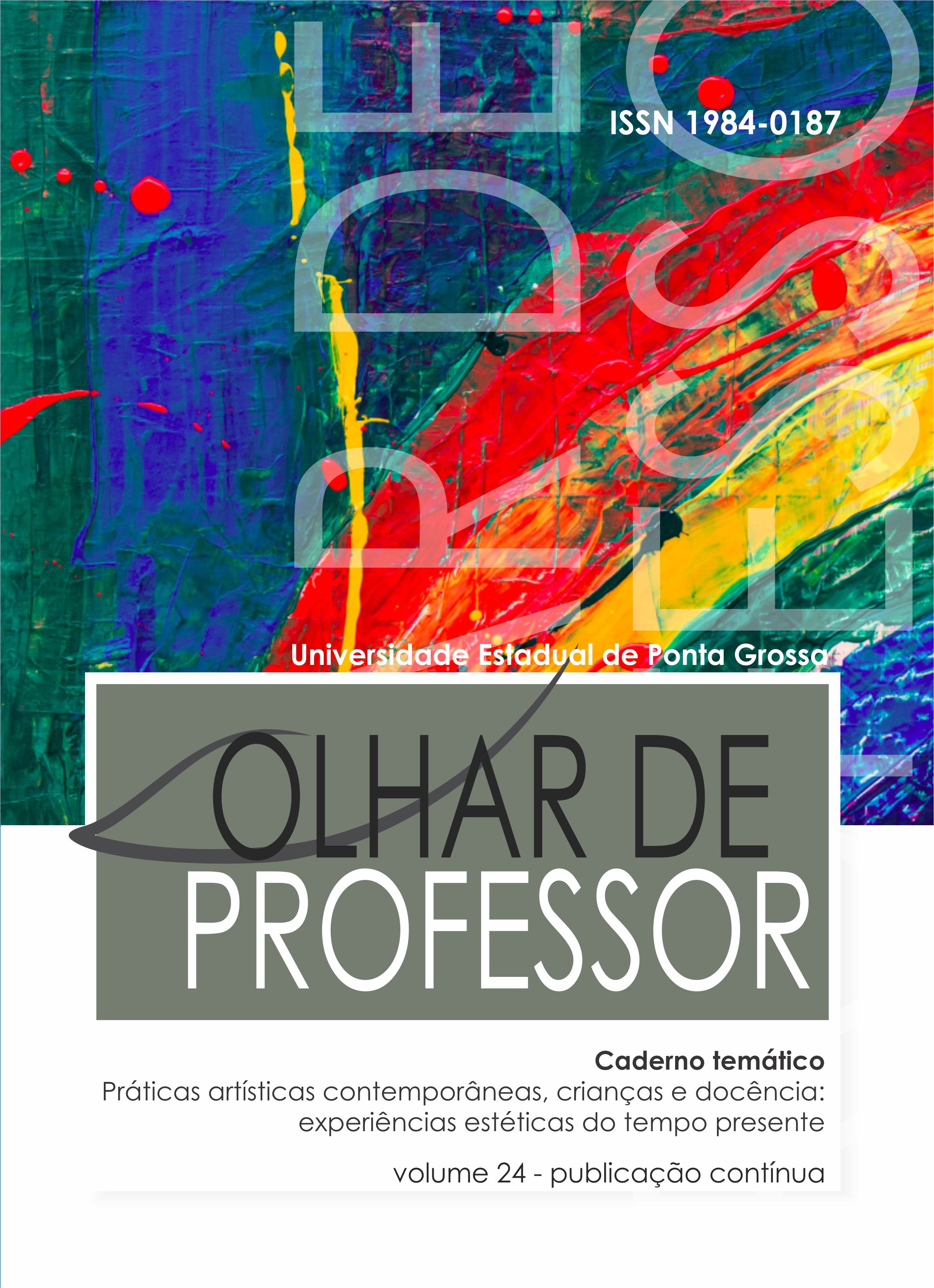A fotografia artística e as tecnologias digitais como prática na Educação de Jovens e Adultos em tempos de COVID-19
Conteúdo do artigo principal
Resumo
O presente texto se configura como um relato experiência ocorrido com uma turma da Educação de Jovens e Adultos (EJA), na disciplina de Arte, que envolveu conteúdos de Fotografia. A metodologia utilizada foi a Unidade Didática. Esta foi dividida em quatro etapas: apresentação da situação, produção inicial, módulos ou oficinas e produção final. As aulas foram desenvolvidas em quatro turmas de EJA, séries iniciais, e contaram com 10 alunos por turma, totalizando o número de 40 alunos, com faixa etária entre 16 e 40 anos. A experiência ocorreu em contexto presencial, mas, por utilizar as Tecnologias da Informação e Comunicação (TICs), é possível realizá-lo no contexto atual do ensino remoto emergencial. Concluímos que a aprendizagem foi significativa aos estudantes e as mídias utilizadas contribuíram para ampliar o acesso às tecnologias digitais. Observamos a necessidade de a Educação Básica incluir de maneira mais consistente as TICs no cotidiano escolar, bem como fomentar esse conteúdo em cursos de formação de professores.
Downloads
Detalhes do artigo
Autores que publicam nesta revista concordam com os seguintes termos:
a) Os autores mantêm os direitos autorais e concedem à revista o direito de primeira publicação, com o trabalho simultaneamente licenciado sob a Creative Commons Attribution License Atribuição 4.0 Internacional (CC BY 4.0) que permite o compartilhamento do trabalho com reconhecimento da sua autoria e publicação inicial nesta revista.
b) Os autores são autorizados a assinarem contratos adicionais, separadamente, para distribuição não exclusiva da versão publicada nesta revista (por exemplo, em repositórios institucionais ou capítulos de livros), com reconhecimento da sua autoria e publicação inicial nesta revista).
c) Os autores são estimulados a publicar e distribuir a versão onlline do artigo (por exemplo, em repositórios institucionais ou em sua página pessoal), considerando que isso pode gerar alterações produtivas, bem como aumentar o impacto e as citações do artigo publicado.
d) Esta revista proporciona acesso público a todo o seu conteúdo, uma vez que isso permite uma maior visibilidade e alcance dos artigos e resenhas publicados. Para maiores informações sobre esta abordagem, visite Public Knowledge Project, projeto que desenvolveu este sistema para melhorar a qualidade acadêmica e pública da pesquisa, distribuindo o OJS assim como outros softwares de apoio ao sistema de publicação de acesso público a fontes acadêmicas.
e) Os nomes e endereços de e-mail neste site serão usados exclusivamente para os propósitos da revista, não estando disponíveis para outros fins.
______________

Este obra está licenciado com uma Licença Creative Commons Atribuição 4.0 Internacional.





